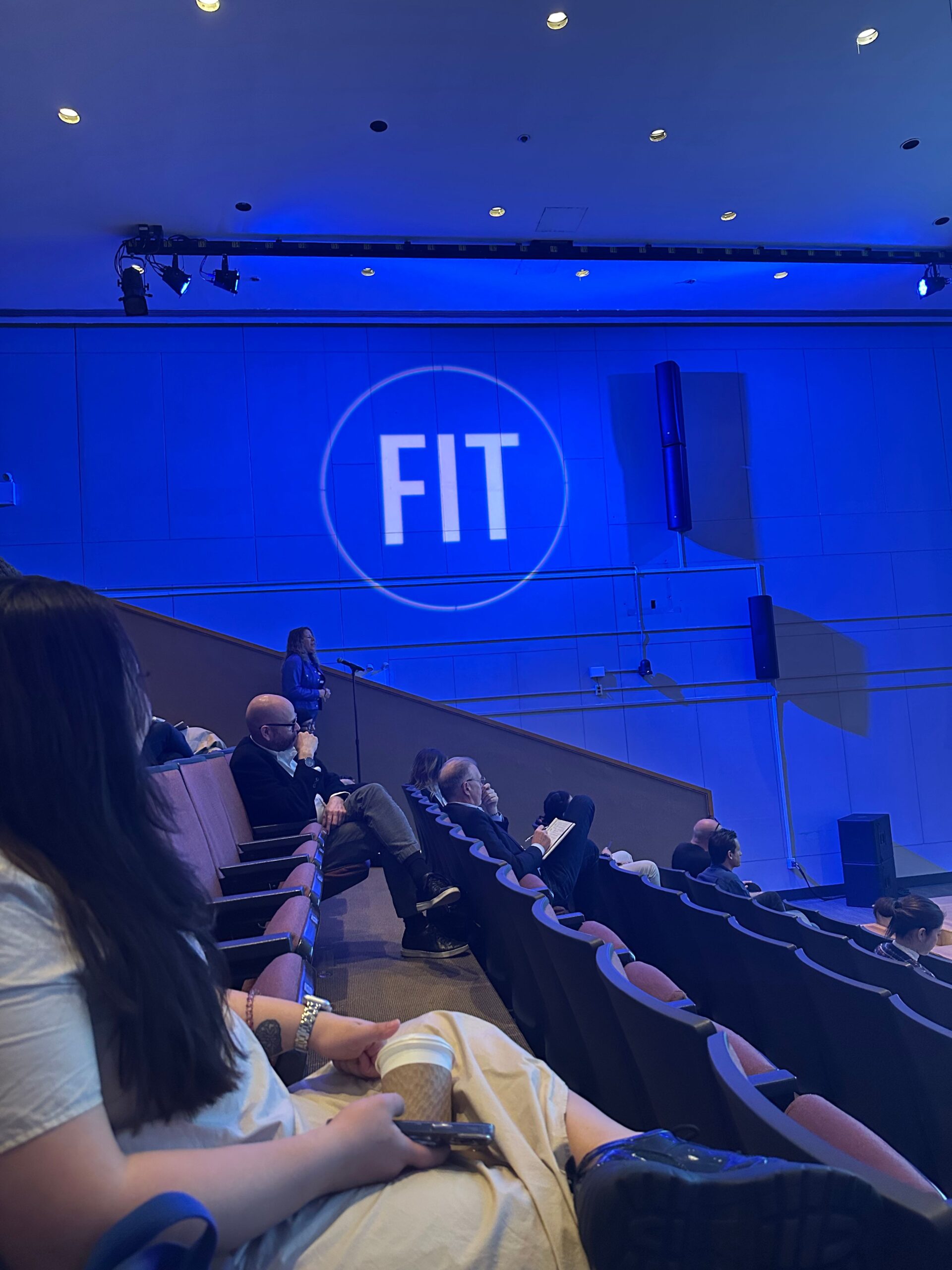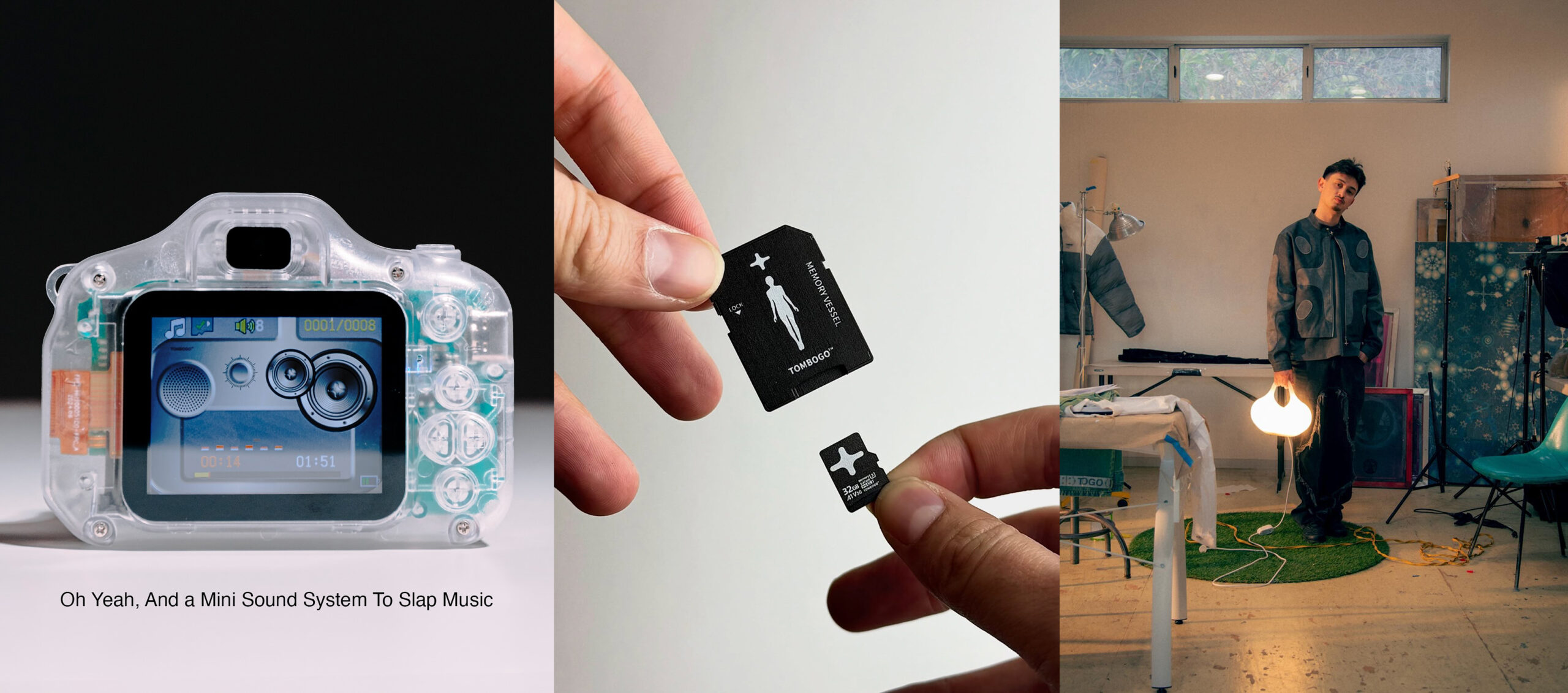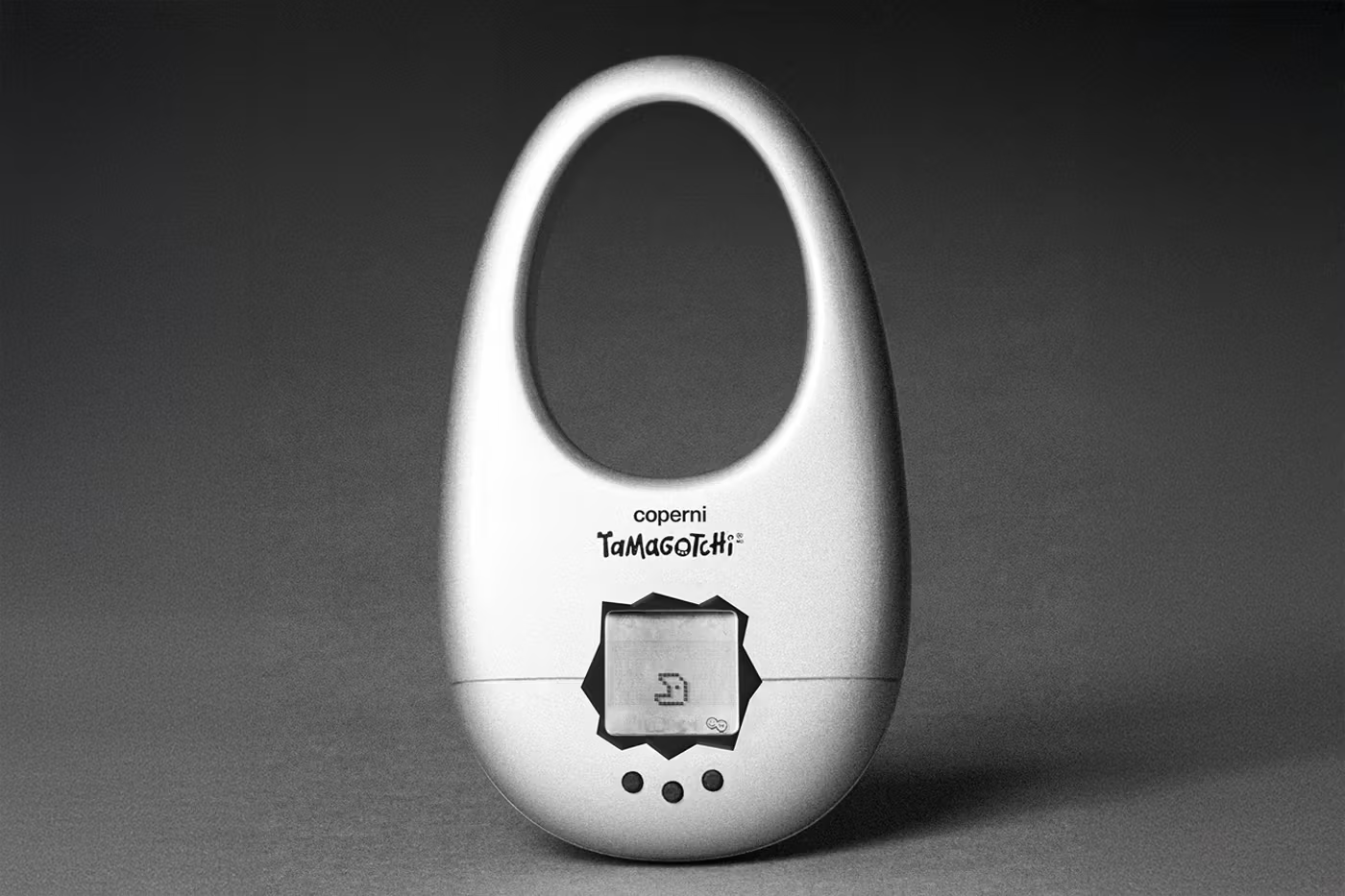If you love Balenciaga, Gucci, Saint Laurent, or any of the notable luxury brands that Kering owns, you may never see real fur garments again. The mother company, Kering, has decided to go completely fur-free starting from Fall 2022. This means that the above brands will no longer make Chinchilla, mink, or fox fur coats. You will no longer see the fur trim on the winter hooded jackets. This also means a decline in mink, fox, chinchilla, and raccoon fur farming, which reportedly kills millions of animals every year. According to one research, 3.1 million minks are killed in fur farming in the United States alone [source]. And that number does not include the animals who are trapped and caught in the wild.
Gucci made that decision back in 2017 (always the fire starter) followed by Balenciaga, Bottega Veneta, Alexander Mcqueen, and Saint Laurent. However, Kering’s decision to step away from fur will echo across all of its brands. This also falls in line with the company’s own set of animal welfare standards that it published back in 2019.
Gucci also recently launched its Gucci Vault to eliminate fashion waste.
François-Henri Pinault released a statement on the company’s website saying, “For many years, Kering has sought to take the lead in sustainability, guided by a vision of luxury that is inseparable from the very highest environmental and social values and standards. When it comes to animal welfare, our Group has always demonstrated its willingness to improve practices within its own supply chain and the luxury sector in general. The time has now come to take a further step forward by ending the use of fur in all our collections. The world has changed, along with our clients, and luxury naturally needs to adapt to that”.
Faux or Fur?
The concept of faux fur was introduced back in 1929 with companies like Timme & Son making it mainstream. It has been a popular alternative to real fur ever since. While it has been a good alternative, it isn’t necessarily the best. Faux fur is made out of synthetic fibers that do not biodegrade, adding to the land pollution, which already is a growing environmental concern. So are we going to shift to faux fur? It is unclear whether Kering wants to use faux fur or will just eliminate any kind of fur.
Can we live without fur?
Consumers demand transparency about animal welfare in fashion. According to a study, the US mink industry alone suffered rapid declines following the Pandemic. According to the U.S. Department of Agriculture report, the value of mink pelts dropped to $59.2 million, the lowest in the past 30 plus years. In fact, the decline in overall fur demand is seen throughout the fur industry. In 2019, the North American Fur auction declared bankruptcy [source].
Kering is a global luxury giant, so the move to a fur-free fashion would make a significant difference that will echo far into the future. But is this a response to a plummeting demand for fur or to contribute to a sustainable future? Either way, it seems that brands are paying attention to consumers’ preferences in terms of animal-based fashion.
What do you think of this decision?
Are you ready to live fur-free? Tell us in the comment section below.








